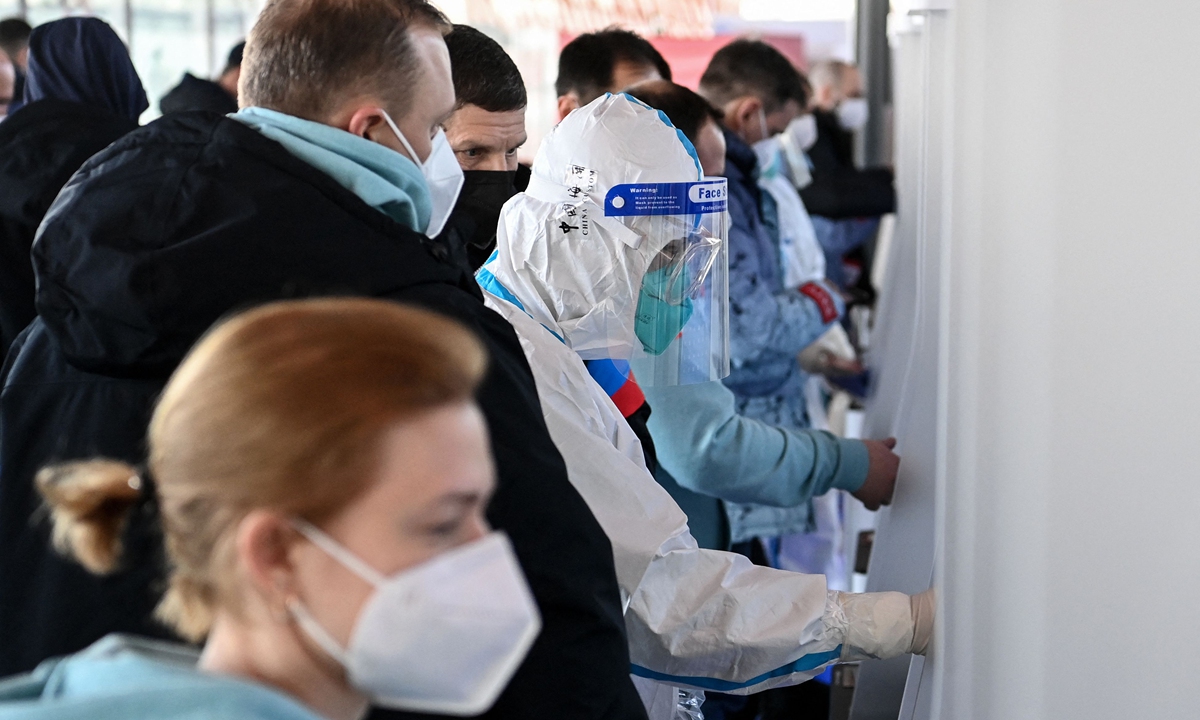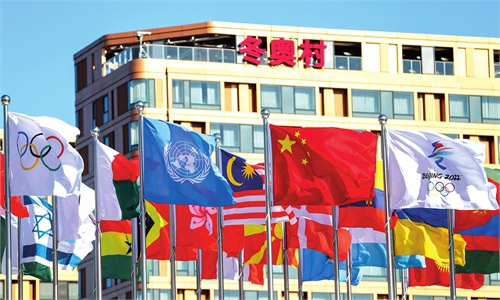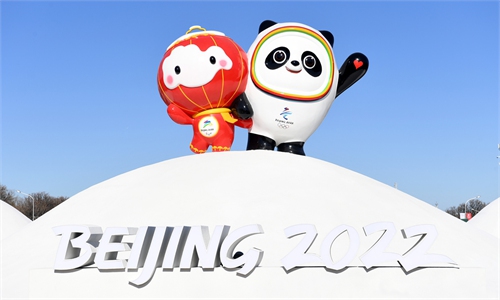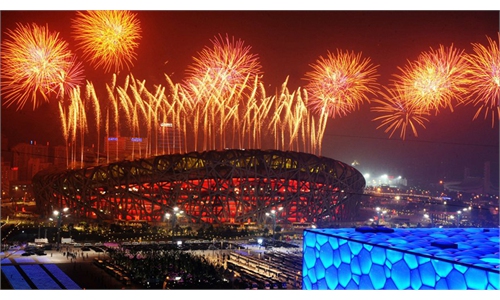No COVID transmission found within bubble, but positive cases screened set to peak: 2022 Games organizers

Photo: CFP
Beijing 2022 Winter Games organizers on Saturday said that there has been no COVID-19 transmission found within the biosecurity bubble set up for the Games which is separated from the general public, despite seven Olympic personnel testing positive on Friday in the daily closed-loop screening.
With the Olympic opening ceremony only six days away, more and more athletes, delegation members and other Olympics-related personnel are arriving in Beijing. A total of 3,280 people arrived in Beijing on Thursday and Friday, with 39 testing positive for COVID-19 at the border.
As the number of Olympic-related arrivals increased, a number of positive cases were expected and anticipated, Huang Chun, a counter-epidemic official of the Beijing organizing committee said at a press briefing Saturday.
Brian McCloskey, head of the Beijing 2022 Medical Expert Panel said on Saturday that the number of positive cases detected is likely to peak in the near future.
In general, the COVID-19 tests at customs are more likely to screen out those positive cases while transmission and morbidity within the closed loop are relatively low, and there has been no transmission within the closed loop so far, Huang said.
In terms of the bubble, Beijing organizers said in December 2021 that not all positive cases from the Games will be sent to designated hospitals for quarantine and treatment.
For example, asymptomatic patients are required to take daily nucleic acid testing after entering the quarantine facility. If they are cleared two consecutive times, they can be released from quarantine. Close contacts will be asked to live separately and undergo nucleic acid testing twice a day, and if both tests are negative, they can return to the Games.
Huang said the organizers have shortened the quarantine period from 14 days to seven days, as experts found that many overseas arrivals that have tested positive were previously infected or retested positive after being cured, and their infectivity was low, Huang said.
McCloskey said that Beijing's closed-loop system is complete, efficient and reliable. In Beijing's epidemic prevention system, all those who test positive will be retested, and they will be identified as confirmed cases after the second positive result.
McCloskey said Beijing is adopting a triple-layered testing approach. The first layer is before departure, the second layer is upon arrival at the airport, and the third layer is upon arrival at closed loop.
If Olympic-related personnel test positive before departure, they will not be allowed to board their flight, decreasing the positive cases in the layer 2 and layer 3 testing, McCloskey explained.
According to the Beijing organizers, from January 4 to January 22, the number of Olympic-related personnel arrived in Beijing airport totaled 2,586, including 171 athletes and delegation members. Of this group, 39 tested positive for COVID-19 at customs but none were athletes.
From January 23 to 28, a total of 2,022 athletes and team officials arrived in Beijing, along with 2,558 other Olympic participants, according to the official website of the Beijing Winter Games. A total of 78 tested positive at customs, 21 of which were athletes and delegation members.
There are a total of 2,892 athletes competing in Beijing, and it is estimated that the number of overseas arrivals will be fewer than 30,000.
Local officials contacted by Global Times said it is still not clear when the last group of athletes would arrive in Beijing.
A number of experts have said there are no rules on arrival times at the Olympics, and most athletes will arrive based on their competition schedule. However, given the epidemic, most athletes may not arrive early, and will generally minimize their length of stay.





